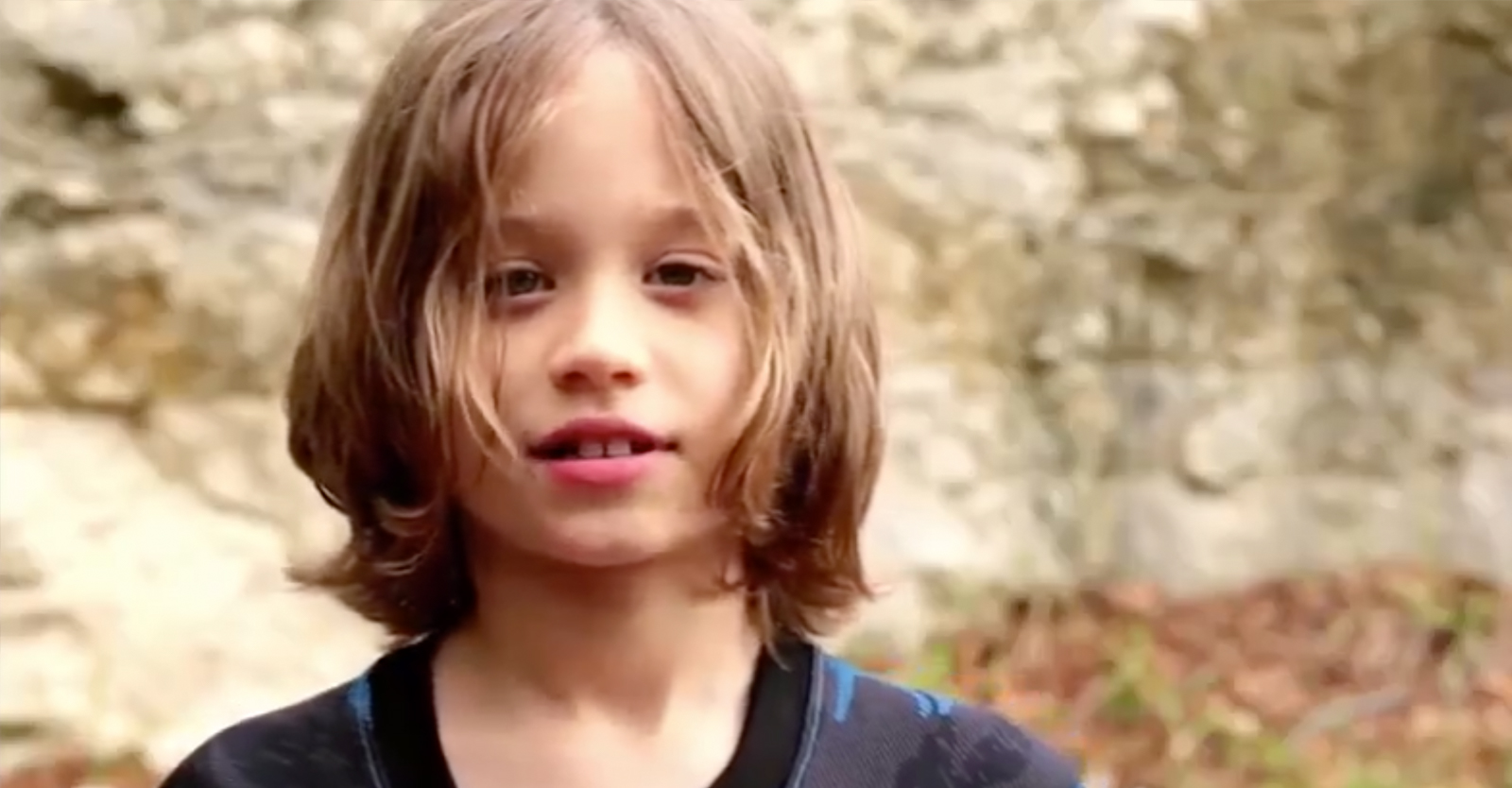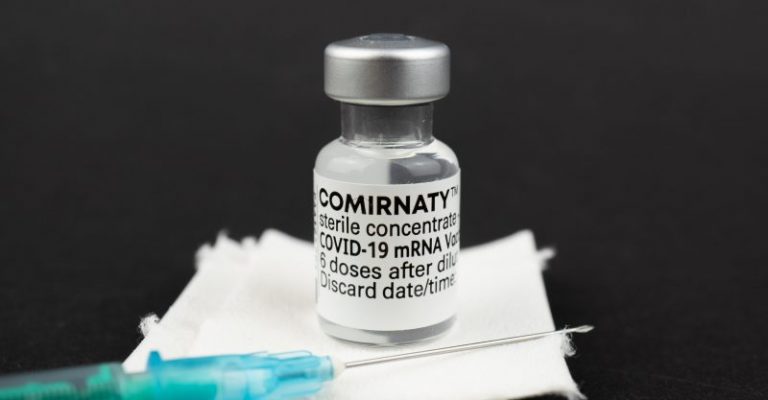Zero COVID Deaths Among Healthy German Kids Ages 5 to 11, Study Shows
A new study from Germany showed extremely few deaths among healthy children overall — including zero deaths among children 5 to 11 — suggesting some studies are designed to distort the risk to kids.
There is a new study out now from Germany, allow me to give you the highlights.
The authors begin by noting that there is uncertainty around the absolute risks of COVID to kids.
Often, people divide (kids with bad outcomes) by (kids who present to the healthcare system) but this will always exaggerate risk, as it does not include all the kids whose symptoms are so mild they don’t seek health care. In other words, the denominator is smaller than the real denominator.
Side note: the studies that claim COVID-19 has more myocarditis than vaccination also suffer from this error. I talk about that topic here.
The Germany authors go on to do it the right way, they combine seroprevalence data with data on bad outcomes in kids. They divide (kids with bad outcomes) by (kids who had COVID-19). I am tempted to say this is amazing, but the truth is: this paper is doing a very basic and obvious thing. The papers people cite instead are flawed.
Here is what we find for healthy kids with COVID-19:
- For healthy kids, the risk of going to the hospital is 51 per 100,000.
- For healthy kids, the risk of going to the ICU is 8 per 100,000.
- For healthy kids, the risk of death is 3 per 1,000,000 with no deaths reported in kids older than 5.
- Kids 5 to 11 have a lower risk than kids <5 and adolescents 12 to 17.
- Kids 5 to 11 have a risk of going to the ICU of 2 in 100,000; 0 died.
- Among kids who died of COVID-19, 38% were already on palliative/ hospice care.
- MIS-C/ PIMS was less common with Delta.
What’s the take away?
In May of 2021, Wes Pegden, Stef Baral and I argued in the BMJ that kids vaccination should proceed via biological licensing agreement pathway and not the emergency use authorization. Because these risks were so low, we must demand robust evidence and large trials to show that the potential benefits of vaccination outweigh potential harms.
The benefits (at best) are going to be very small — what is lower than 3 per million? — so even rare safety signals can tip the scale. We wanted large randomized trials.
Our plea may have affected the UK which is not vaccinating kids 5 to 11 (due to uncertainty), and may have helped the FDA expand the sample size of the trial. Then Gruber and Kraus at FDA resigned and the EUA was granted.
The Germany study shows that risks to healthy kids are very low. It also shows the massive efforts that try to distort risk.
By lumping together healthy kids and kids with comorbidities, one can find rates of risk that help neither group. They are too small for vulnerable kids, and too big for healthy kids. We have too much of this in the U.S.
These results put risk to kids in perspective. They show us that school closure was wrong. They make you think of easy questions: What is the upper bound benefit for masking a 6 year old in school? Hint: even if it works (psst — unproven) it won’t be big.
And, this info also suggests difficult questions: Does a healthy 8 year old who already had COVID-19 benefit from vaccination? If so, how much? If so, what evidence supports that?
When you know the absolute risks, you put COVID-19 for kids in perspective.
This is an important study.
Vinay Prasad, M.D., MPH is a hematologist-oncologist and associate professor in the Department of Epidemiology and Biostatistics at the University of California San Francisco.
Republished from Brownstone Institute via Vinay Prasad’s Substack page.
Suggest a correction







